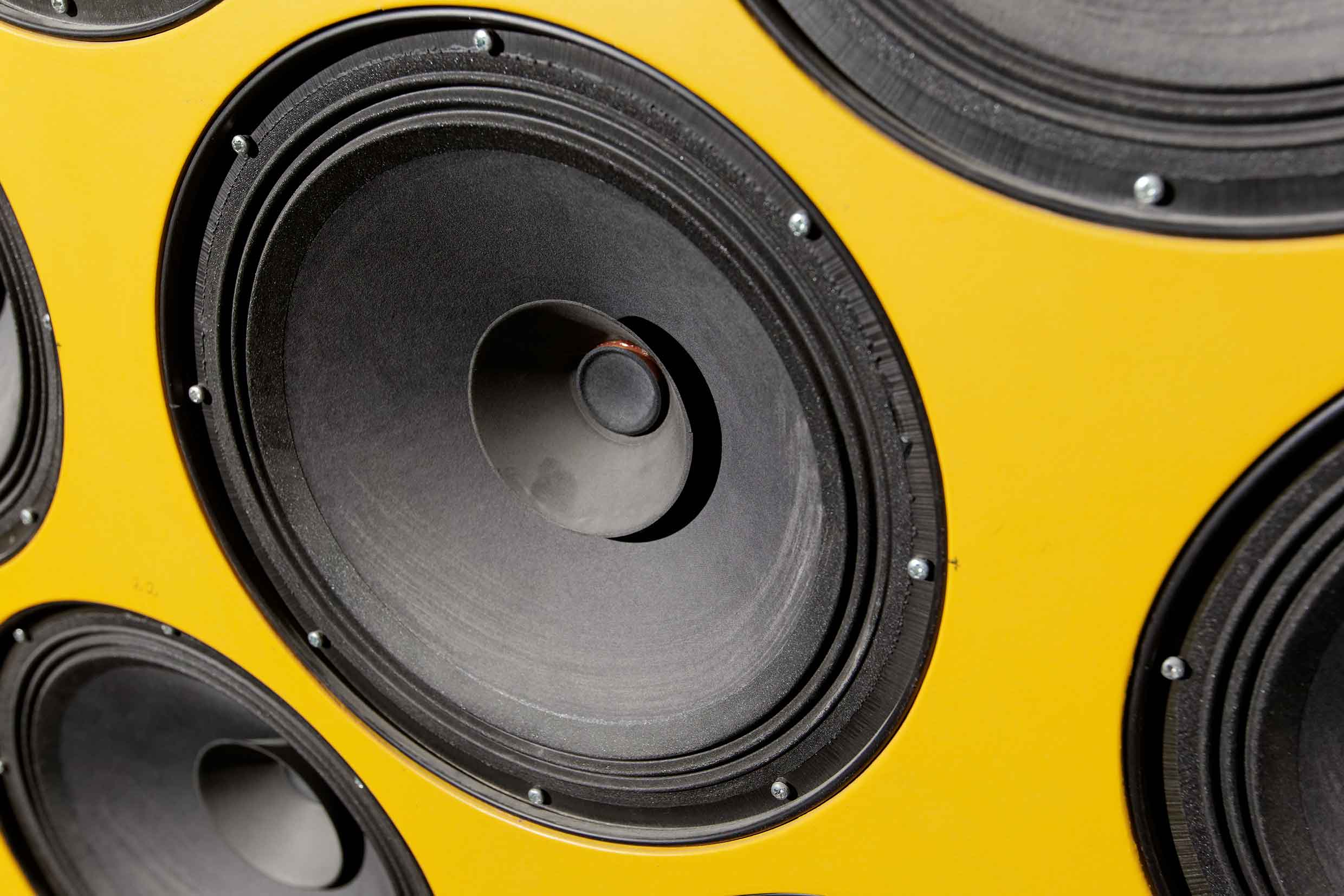
The individual assessment of the aural environment is based on the overall balance of acoustic stimuli that are present almost everywhere and permanently. The respective intensity, dose and characteristics of the sound events as well as a number of accompanying factors generate a cumulative effect that increasingly exceeds the tolerable level. But what is the tolerable level? Are the individual sound sources too loud, do they occur "in the wrong place and at the wrong time" or in too many places? Experts answer these questions with figures from regulations and directives, which are incomprehensible to most people affected. This adversely affects discussions and planning processes. There is no link that can put subjective perception of noise, technical reduction measures and defined noise limits into an audible context. This scenario clearly requires auralization which is available today online and in a new dimension. Behind the auralization tool developed by the Fraunhofer IBP is an independent browser, which synthesizes the different sounds of a cumulative noise situation in real time. The basis are numerous sound files, whose modifications are simulated on freely selectable transmission paths, and which can be assessed as an audio sample.
The "mixing console", for example, is a novelty for road traffic. In order to be able to respond to almost every traffic situation, adequate traffic noise is generated from noise files of individual pass-by recordings and determined traffic data. These and other noises as well as noise barriers and sound-insulating windows, whispering asphalt and other noise control measures are audibly combined and auralized. The program, which is freely accessible on the Internet, makes it possible to get an impression of modified ambient noise and available reduction measures without expert knowledge. The auralization program also contributes to the understanding of acoustic relationships and effects. For this purpose, several informative modules and the "audio play" with acoustically relevant parameters, for example of noise barriers, are used. The modular structure of the program is also the prerequisite for projected extensions, for example a "traffic light module" for the realistic presentation of urban traffic scenarios, and the implementation of timetables and flight schedules. The developed auralization tool will not make our world more silent, but it offers the potential to objectify many difficult discussions about ambient noise.